I did not set out to write a multi-part series on the Blue Ridge Mountain evictions, but as the original post became longer and longer, I decided to split it into parts, all of which I will post in upcoming days. Be sure you read parts One, Two, and Three, Four, and Five.
My Blue Ridge Mountain Home Eviction: Part 6
 In 1934, all 465 families who lived in the future Shenandoah National Park were evicted from their homes.
In 1934, all 465 families who lived in the future Shenandoah National Park were evicted from their homes.
Many of my relatives were among them, including four of my great grandparents, and a great many uncles, aunts, and cousins, the McDaniels, Turners, Colliers, Meadows, and Mericas. But this part of the story is about the Colliers.
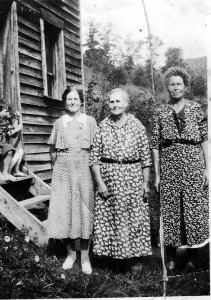 Durrett and Mary Collier gathered up their belongings, walked out the door of their mountain home for the last time, left their garden and orchard and the springs and brooks that had sustained them, and went on down the mountain to start all over somewhere else.
Durrett and Mary Collier gathered up their belongings, walked out the door of their mountain home for the last time, left their garden and orchard and the springs and brooks that had sustained them, and went on down the mountain to start all over somewhere else.
They used the settlement cash from the government to buy a house at the base of Green Mountain in Jollett Hollow, set about building a new life, and there the family stayed for another 60 or so years until the last of them, a great grandson of Durrett and Mary, Kenneth Meadows, died.
I don’t know who owns the land now. Perhaps Kenneth’s children. Or perhaps that land fell out of the family. I was not offered the chance to buy it from those third cousins, who would not remember ever meeting me or even recall that I exist. Still, a bit of me belongs to that place, for the times I visited, the stories my mother has told me, and the blood ties I shared with its inhabitants.
My great grandparents and their community of neighbors missed their mountains. They didn’t move to the valleys; they built their houses at the edge of the new park, where their homes clung like barnacles to the sloping mountain bases.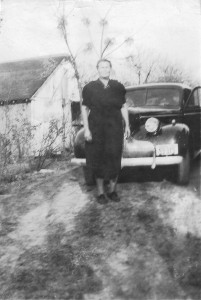
There are mountain people, and there are valley people, and I guess you know who you are. If clinging to its base was as near as they could get to their mountains, so be it.
Some of them moved on with their lives, but some could not let go. Eviction is a powerful tool, and should never be used lightly. That’s why our courts have set up stringent requirements before evictions can be initiated, in any case.
And that’s why some mountain dwellers’ cases went all the way to the highest courts, where the government itself was put on trial and made to justify its case. The mountain peoples’ claims eventually failed, but the courts agreed there was enough at stake for our loftiest judges to hear their claims.
Can I blame Roosevelt and the others who wanted a national park? Not for a minute. What more beautiful place is there? We have Yosemite and Yellowstone with their grandeur. The Everglades and Redwoods with their irreplaceable wildlife and habitat. Zion and Bryce Canyon with their awesome geological formations. Rocky Mountain and Olympic Parks with their pristine alpine meadows.
They’re all beautiful, and all different. The Blue Ridge had to be added to that noble family of wild American places. It was inevitable, nearly preordained by the mountains’ singular beauty.
That my grandparents and 464 other families were made to leave, I am sorry. I try to put myself in their place, because I am not so different. I grew up in a place whose beauty eventually led to its ruination, Southern California, before the crowds.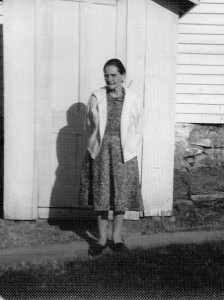
We had a small ranch two miles from the ocean. Ours was the only house in the valley, and we children ran free as wild horses, either in the canyons and mesas or down to the ocean.
To me it was just where I lived, and I didn’t know until I left my parents’ home when grown that it was special, that other places weren’t like it. As a child, I loved where I lived, but I knew it was not normal: Other kids lived on streets, where there were other kids to play with, and stores to walk to.
Today I cannot even drive through the area without a sense of profound sadness at what was lost, a lump in my throat over what it has become. I could no more live there again as I could drive over my grandfather’s grave every day.
Now I live in an equally ruined place, but at least it isn’t that place; it is not a reminder of the distance I have fallen from that Wonderland.
But what if someone wanted to evict us from our home back then to make a park? Would I have given up a few years of living there in exchange for the preservation of our valley, the wooded canyons and seasonal streams, the flowered mesas and bird-filled marshlands, and the seashore? From today’s perspective, absolutely, positively, unequivocally yes.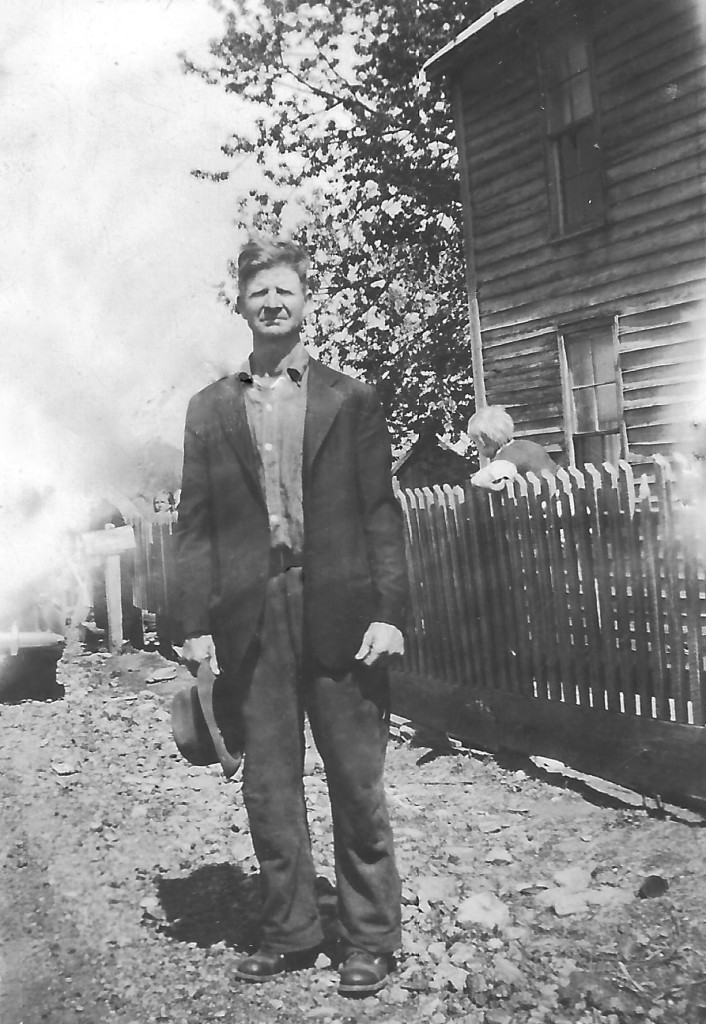
I would feel lucky, honored. It would be affirmation of the specialness of our home place, and assurance that it would remain that way forever. Today I would be able to visit it and feel the specialness, walking the river bed after the storm rains recede, seeing a pack of coyotes running through the field on a moonlit night, wandering up to the shadowed clay hill to see it covered in shooting stars in early spring, or hiking to the mesa to see an ocean of lupine and cornflower covering its meadows.
Like the pristine forests of the Blue Ridge, these singular places need to be preserved, they need to be experienced by more than a few lucky souls.
What I would want in return is more tricky than the choice to give my home up for its own preservation. After all, it was my home. I would want to be relocated somewhere just like it, and back then there were several places that could have been possibilities. Not exactly the same, but maybe close enough.
Couldn’t that have been done for the 465 families of the Blue Ridge, or at least the 197 of them who were homeowners? A sympathetic government could have worked harder to find comparable locations for those who insisted on mountain life. Even if most of them eventually walked away of their own accord, none of them should have had to walk away bitter. They were treated as if they were in the way, not as if they were being asked to do something unnatural to our instinct to put up house and nest. The government should have, and could have worked harder.
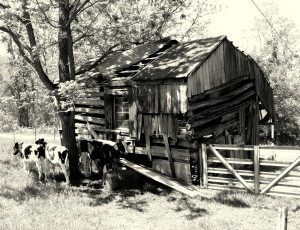 But for the tenants, I’m not so sure. I lived many years in rentals before buying a home. Renters have few rights, no matter where you are. That’s simply the way it is, dehumanizing as it may be.
But for the tenants, I’m not so sure. I lived many years in rentals before buying a home. Renters have few rights, no matter where you are. That’s simply the way it is, dehumanizing as it may be.
What was lost by those forced to move was a terrible lot: Their homes, their community, their very way of life. But they are not the only ones who lost. The government lost a chance to honor the mountain residents, even as they forced their leave. But more so, the world lost another of its unique cultures, and that is a loss to us all.
You can find Part Seven of My Blue Ridge Mountain Home Eviction here. Or access the whole series here. To make sure you don’t miss the next installments, go to the “Subscribe” form at the top of this page.


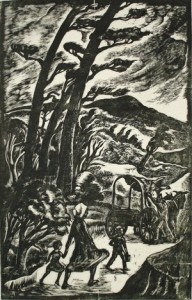 I imagine their very first reaction was negative though, on hearing that the government was condemning their property and evicting them from their homes. Who would be happy about that? But time, and the offer of money, which was in short supply for most of these people, won in the end.
I imagine their very first reaction was negative though, on hearing that the government was condemning their property and evicting them from their homes. Who would be happy about that? But time, and the offer of money, which was in short supply for most of these people, won in the end.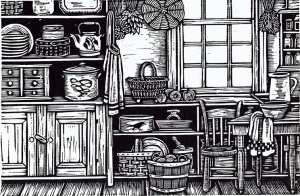
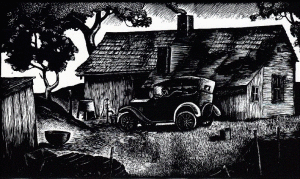 These were families who had been there for generations. Many lived in compounds of extended families, with parents, brothers, grandparents all with their own small homes. Some were so poor that they couldn’t afford to move anywhere else. Each family’s circumstance was different, but I guess that every one of them was a complex tangle of emotions, needs, desires, and problems that had to be dealt with before they could pull up roots and leave.
These were families who had been there for generations. Many lived in compounds of extended families, with parents, brothers, grandparents all with their own small homes. Some were so poor that they couldn’t afford to move anywhere else. Each family’s circumstance was different, but I guess that every one of them was a complex tangle of emotions, needs, desires, and problems that had to be dealt with before they could pull up roots and leave.
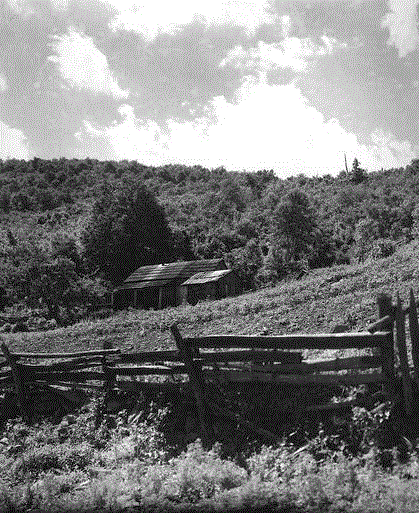
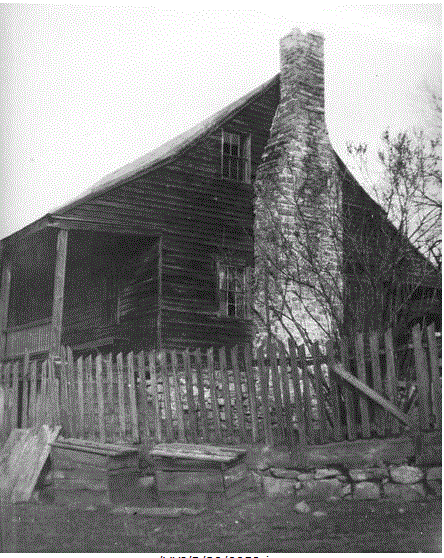
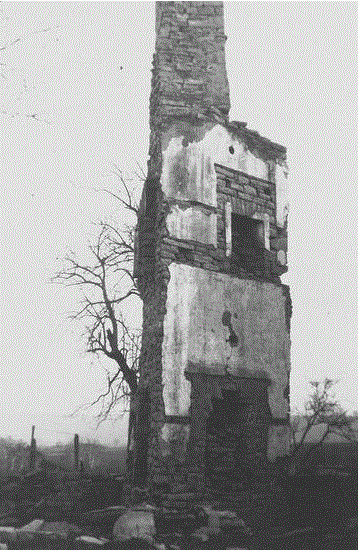
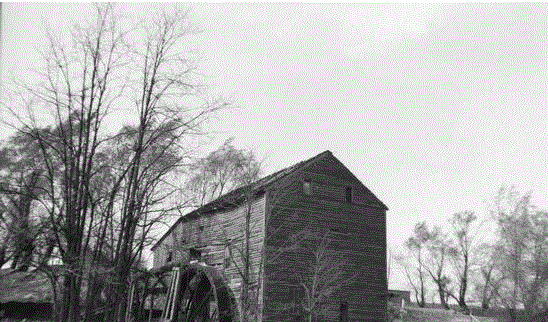
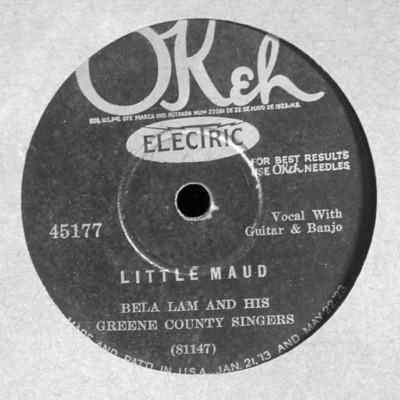
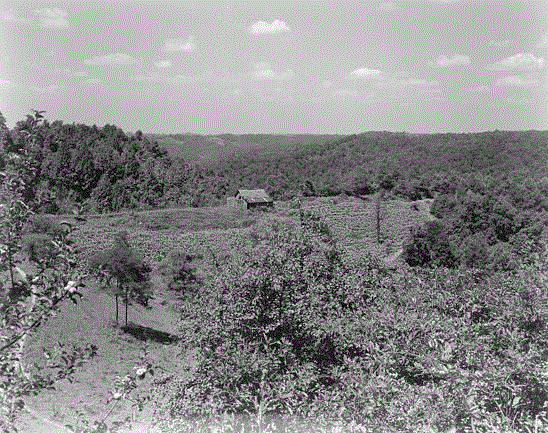
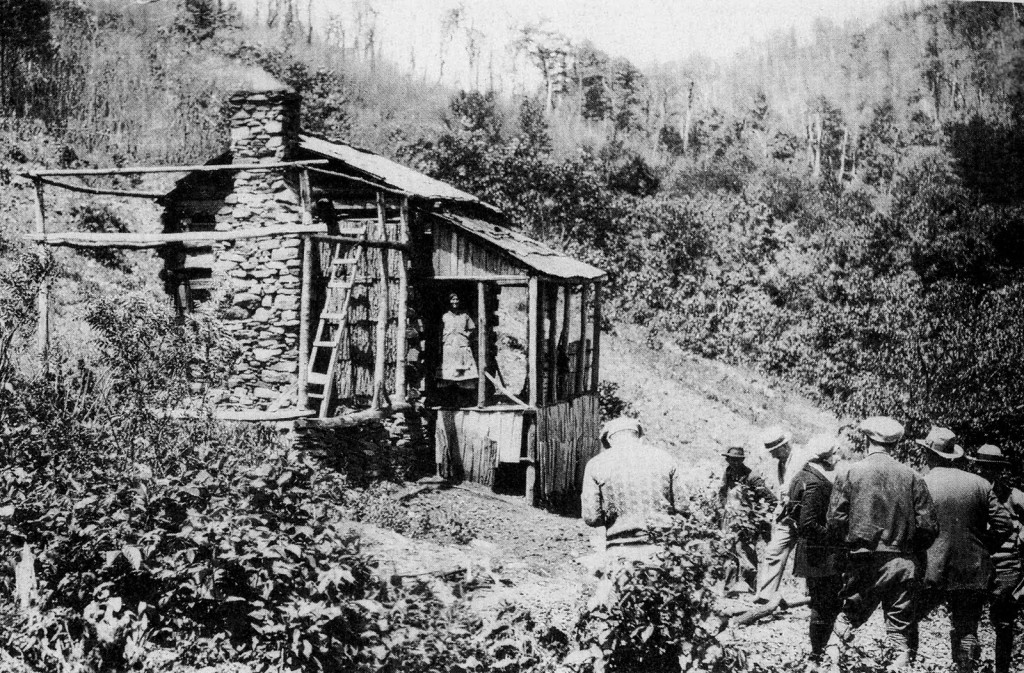 lies and buried their old, and often their young too, in cemeteries just a few steps away. Midwives delivered babies, herbalists consulted on medicine, and occasionally, the fortune teller up in the woods near Waynesboro read nervous young women’s futures.
lies and buried their old, and often their young too, in cemeteries just a few steps away. Midwives delivered babies, herbalists consulted on medicine, and occasionally, the fortune teller up in the woods near Waynesboro read nervous young women’s futures.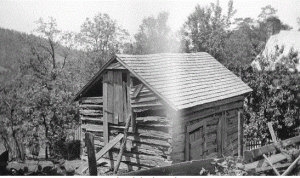
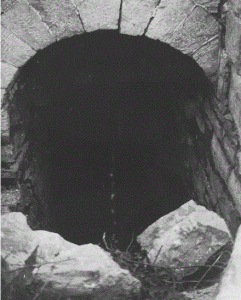
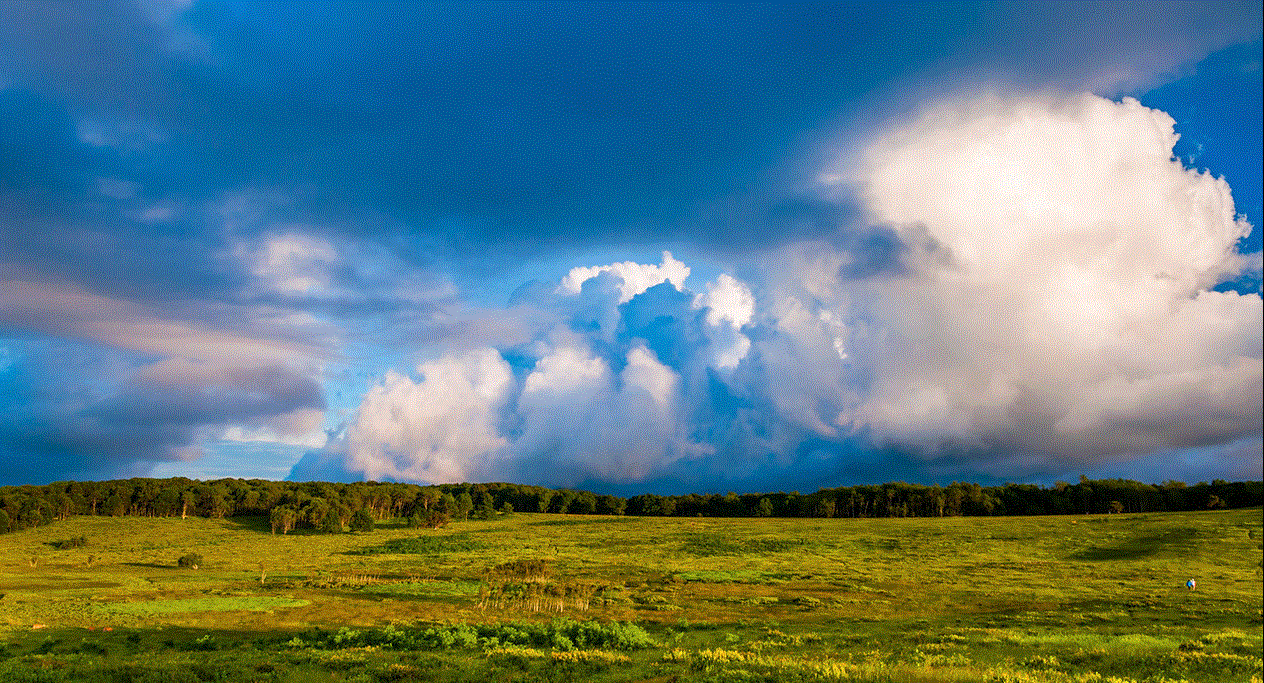
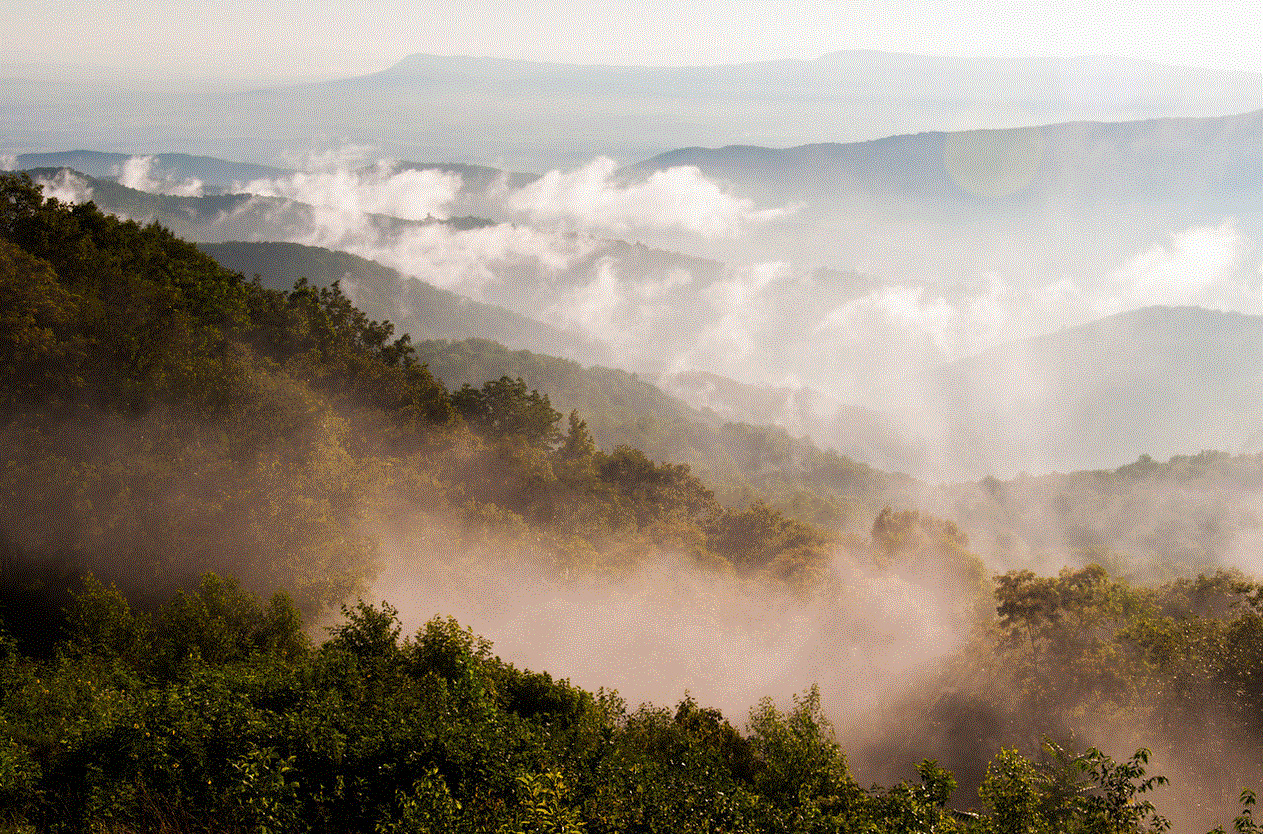
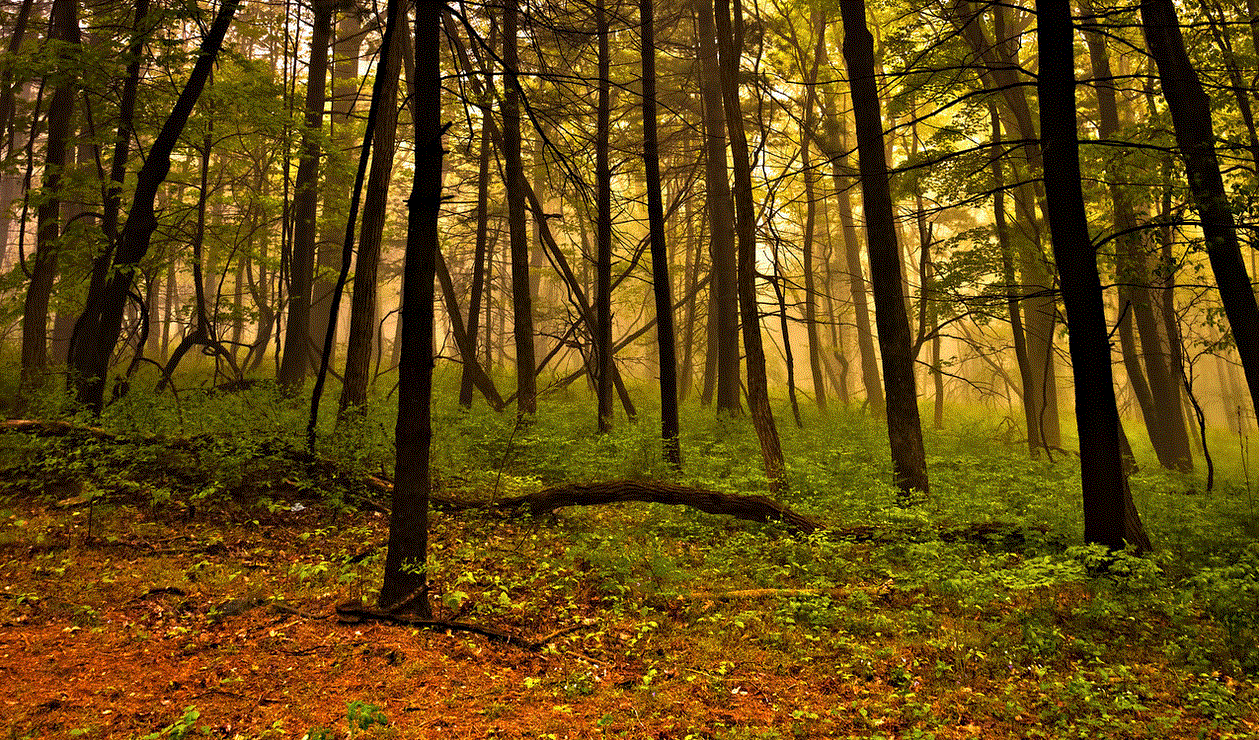
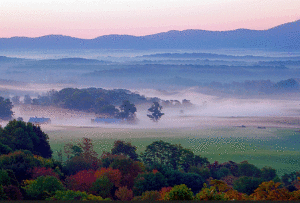 casting long shadows from its woodlands, that endless green like a carpet of rumpled velvet, and those blue-tinged mountains beyond, brings a tear to my eye for such beauty.
casting long shadows from its woodlands, that endless green like a carpet of rumpled velvet, and those blue-tinged mountains beyond, brings a tear to my eye for such beauty.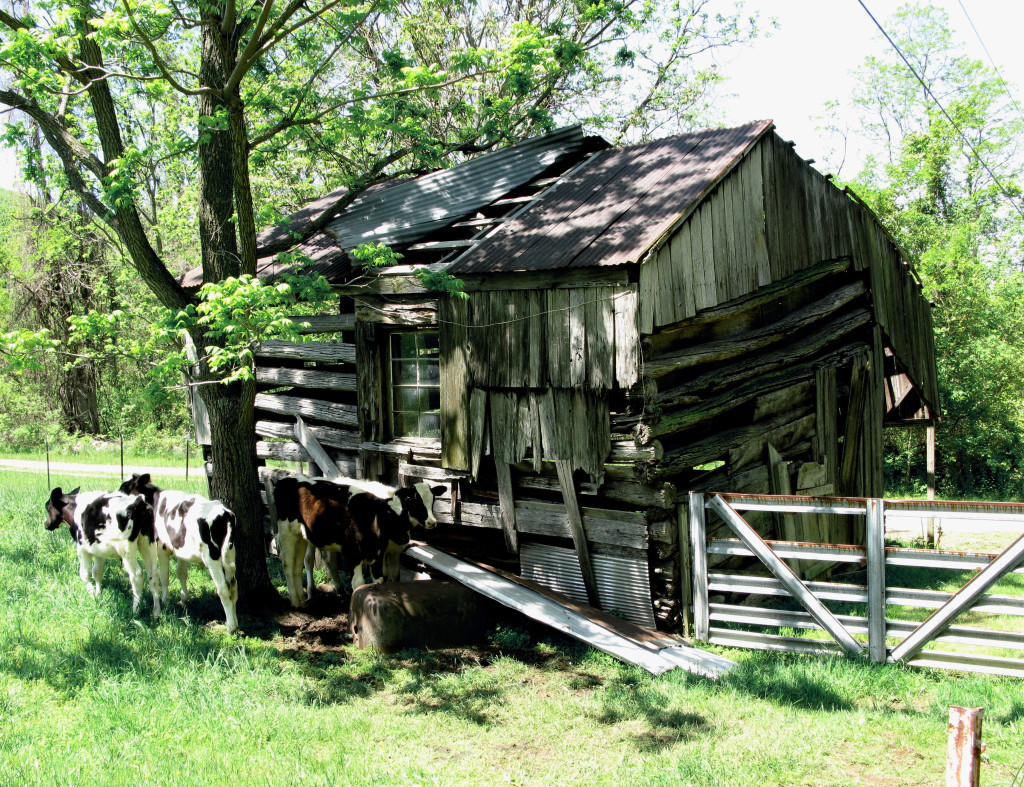
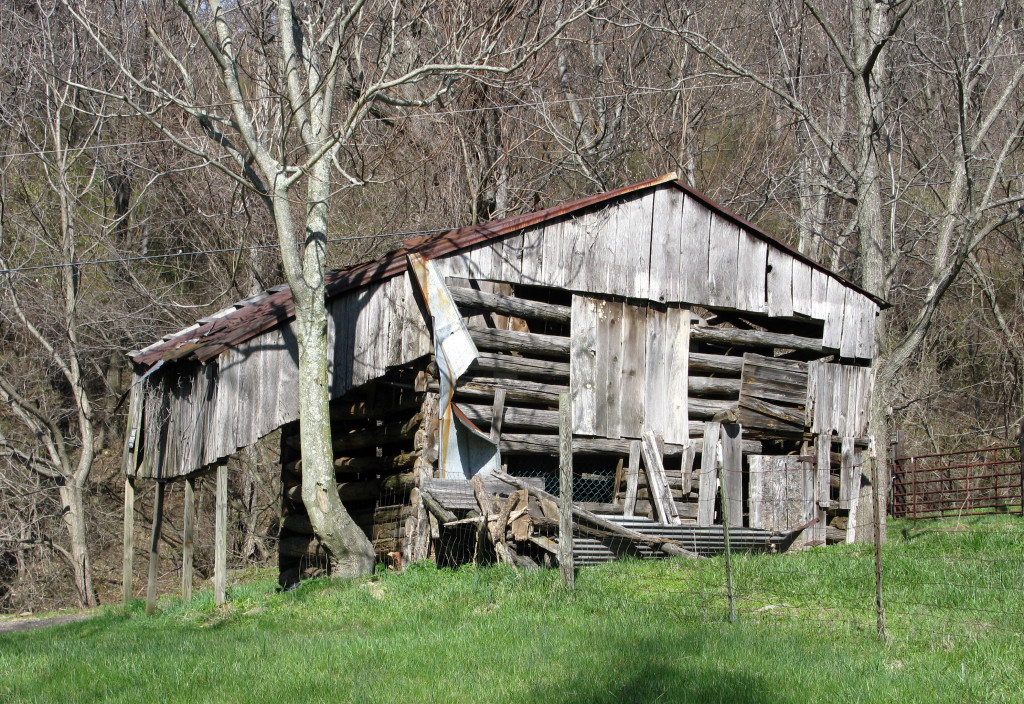
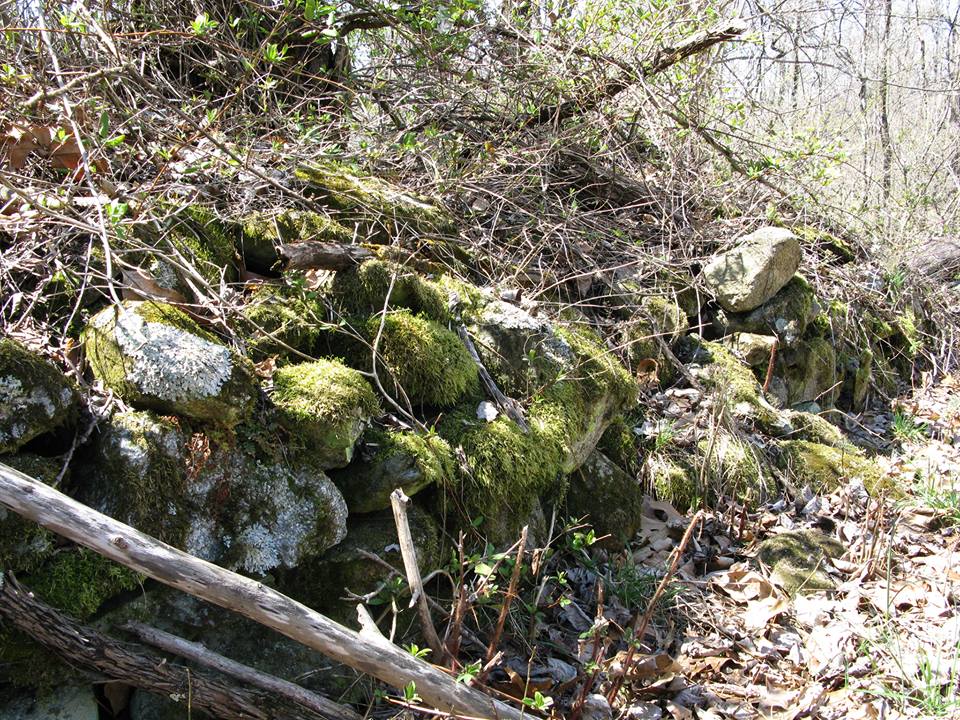 Mary Meadows, daughter of Mitchell Meadows and great great granddaughter of Francis Meadows, was born in 1864 in the Blue Ridge, just up from Jollett Hollow, which sits on the eastern edge of the great Valley of Virginia, the Shenandoah. There she grew up, and there she married William Durrett Collier, whose people also came to the mountains early.
Mary Meadows, daughter of Mitchell Meadows and great great granddaughter of Francis Meadows, was born in 1864 in the Blue Ridge, just up from Jollett Hollow, which sits on the eastern edge of the great Valley of Virginia, the Shenandoah. There she grew up, and there she married William Durrett Collier, whose people also came to the mountains early.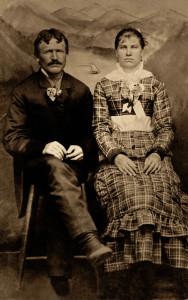
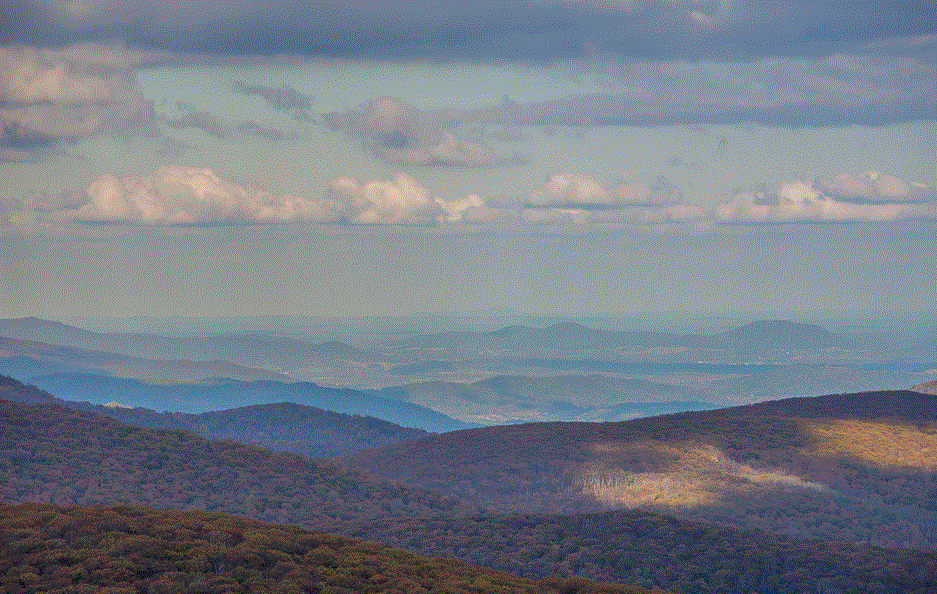 days like their parents and their grandparents and really, like you and me, a version of the American life, if not the American dream. They raised five girls and a boy, all hard-working but fun-loving youngsters who, my mother quotes her mother, Durrett and Mary’s youngest, as saying, “hoed corn all day and danced all night.”
days like their parents and their grandparents and really, like you and me, a version of the American life, if not the American dream. They raised five girls and a boy, all hard-working but fun-loving youngsters who, my mother quotes her mother, Durrett and Mary’s youngest, as saying, “hoed corn all day and danced all night.”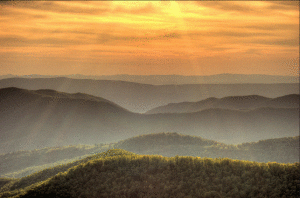
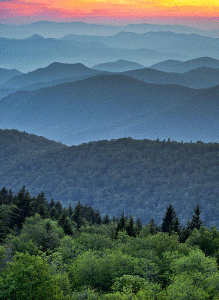 They are gentle, welcoming, not at all intimidating, as are our Sierras that separate California from the rest of the country like a knife edge.
They are gentle, welcoming, not at all intimidating, as are our Sierras that separate California from the rest of the country like a knife edge.

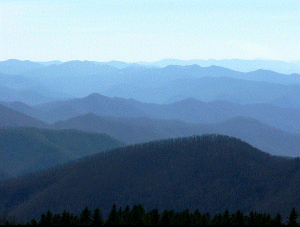 There is a profound silence telling you that secrets hide here, covered by mists and time and the forests that reclaim their pristine past.
There is a profound silence telling you that secrets hide here, covered by mists and time and the forests that reclaim their pristine past.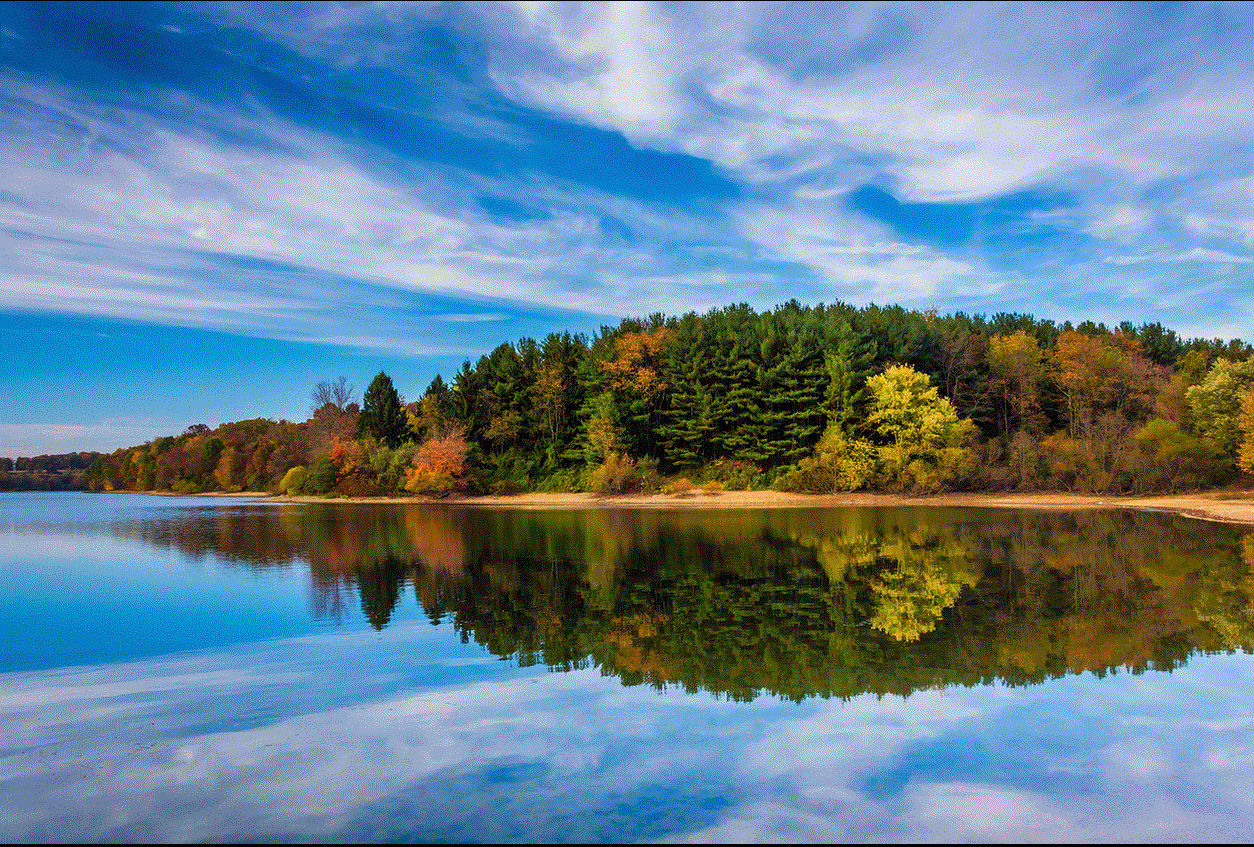 Of the Blue Ridge, he wrote:
Of the Blue Ridge, he wrote: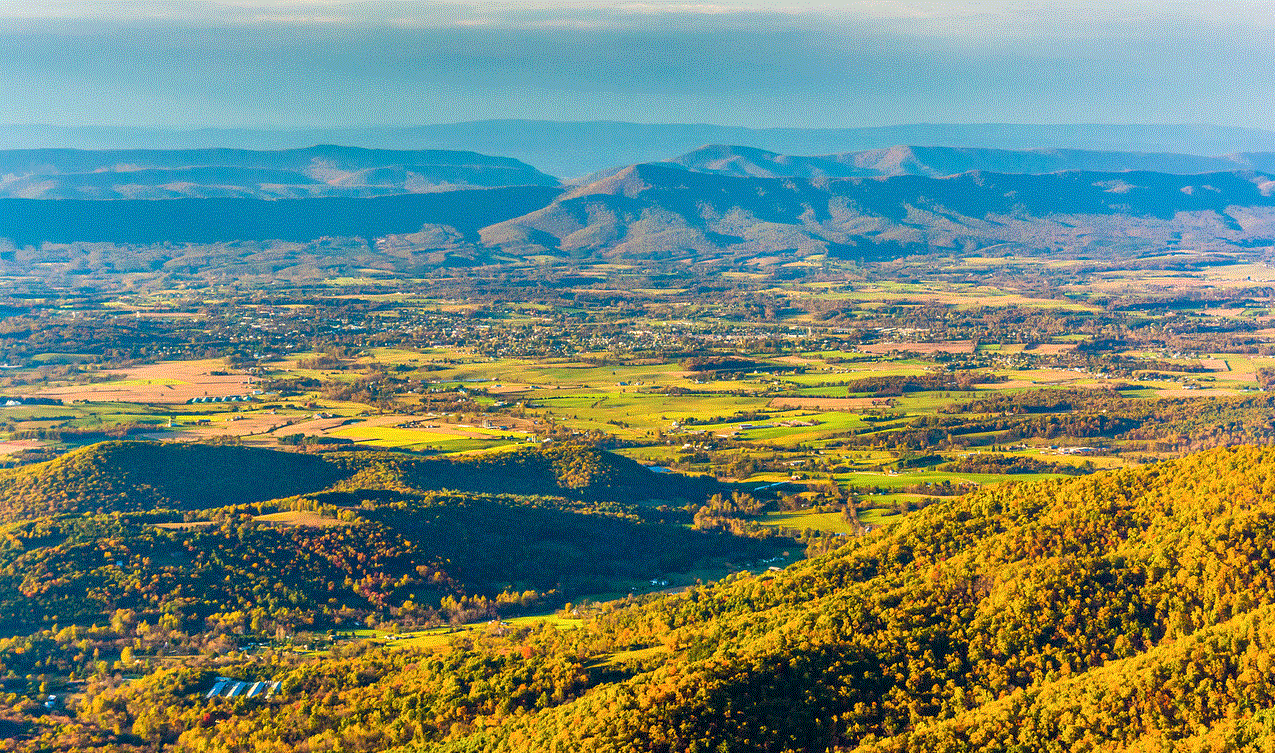 And of Shenandoahans, he wrote:
And of Shenandoahans, he wrote: I couldn’t agree more.
I couldn’t agree more.